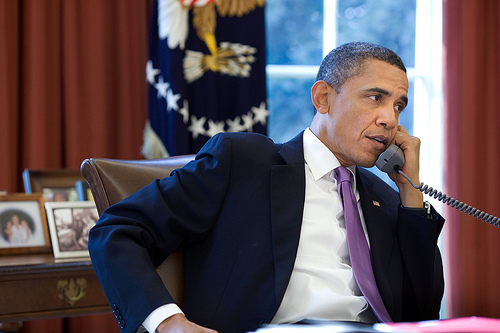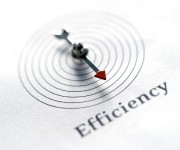Imagine a press release with this message: We’re not using more household energy than we used to — and the latest data won’t be available until next year. If you read that, I’m guessing you would join me in yawning and moving on to the next story.
That is what the Energy Information Administration (EIA), the federal agency that tracks our energy usage, just said — but it said it in a confusing way that sounded like a much bigger story, and was almost designed to mislead readers. Jess Zimmerman, writing in Grist, was among those whom they succeeded in misleading. Zimmerman’s article, “How Americans defeated efficiency with consumerism,” says that average household energy use has remained stable even as appliances have become more efficient, because we all have more appliances now.
That’s a plausible story, but it’s not actually what the EIA said. Every four years, the EIA does its Residential Energy Consumption Survey; it just released half of the results for the latest, 2009, survey. We now know how many households used each fuel and owned each type of appliance in 2009. For example, virtually every household uses some amount of electricity, and 49 percent heat with natural gas. The more important half of the results, showing how much of each fuel was used by each type of appliance in 2009, will be released sometime next year.
At the same time, EIA released a very old-news comparison of energy use in 1978 and 2005, the previous survey year. That comparison showed that total — not average — household energy use was roughly unchanged. But during the same years, the U.S. population grew by 33 percent, and the number of households grew by 45 percent (because average household size shrank a bit).
Here’s what that EIA comparison showed about the change in household energy use from 1978 to 2005, when expressed in per capita terms:
- Total household energy use per person: down 25 percent.
- Space-heating energy use per person: down 54 percent.
- Water-heating energy use per person: up 4 percent.
- Air-conditioning energy use per person: up 107 percent.
- Appliances and electronics energy use per person: up 38 percent.
Space heating and water heating together are a very big part of the picture: 80 percent of all household energy use in 1978, 61 percent in 2005. Air conditioning, though growing rapidly, is much smaller: 3 percent in 1978, 8 percent in 2005. So the fact that space heating went way down and water heating barely changed meant that overall household energy use per person went down, not up.
The question that jumps out of these figures is, how did we achieve such enormous savings in space-heating energy use? Answers include more efficient furnaces and windows, better insulation, some shift of population toward warmer states (which also contributed to the rapid rise of air conditioning), and, perhaps, differences in winter temperatures between those two specific years. It appears that we used about half of the savings in space heating on expanded use of appliances, electronics, and air conditioning — so the overall reduction in energy use was only half as dramatic as the reduction in heating alone.
And remember, this “news” is six years old, referring to energy consumption in 2005. Next year we’ll get to see the corresponding data for 2009. Meanwhile, nothing here proves that energy efficiency is useless, or that it has been defeated by consumerism. If you insulated your home, or replaced your furnace or windows, you were part of a nationwide trend that achieved measurable, important savings in energy use and carbon emissions.




